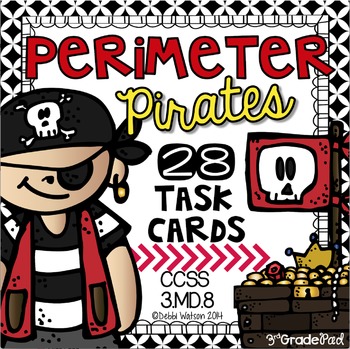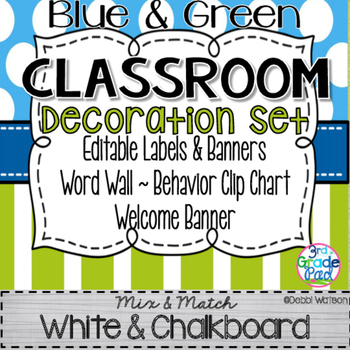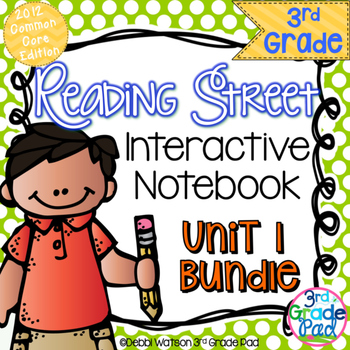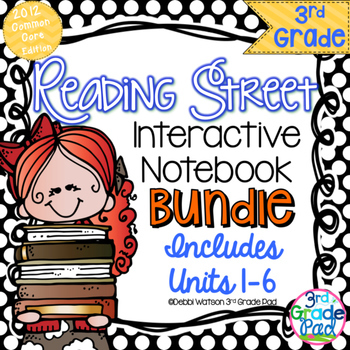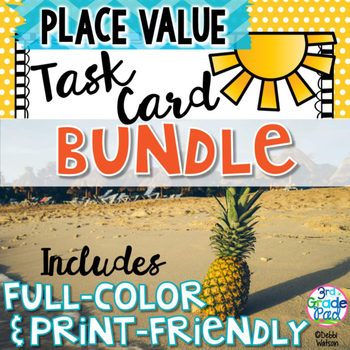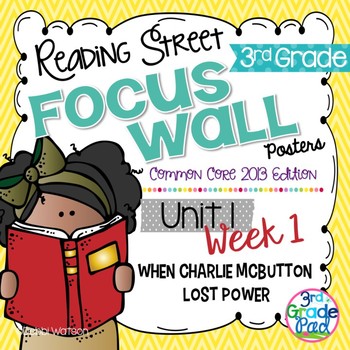Hello
y’all!
It’s
that time of year again! I’m super
excited to be joining in a fun linky with some of my favorite Blogging
Buddies! I hope you will enjoy checking
out all of the posts each week! And if
you’re a blogger….you’ve got all week to link
up!
There
will be a lot of fun to look forward to, so make sure you are following me on
Bloglovin’ so you won’t miss out when we go live!!
This
week is all about…..
So…..here I go!!
These are my latest and GREATEST find! I heard about these pens through a FB group for EC Planners. Lo & Behold...they are just perfect for my grading!
- I love the bright colors
- I love that I don't have to write "oops!" when I grade something wrong by accident!
- I love that I don't have mistakes in my grade book! Even more, we have to do our Report Cards by hand, now that we've switched to Standards-Based Reporting, I don't have to white-out mistakes there either!! (Prayers for technology to catch up, please!)
If you think you NEED these, too....you can get them HERE at Staples! I've seen smaller sets at Target, too.
I take a cup of coffee "To-Go" every day.
Every.single.day.
In fact, we had to buy a 14-cup coffee maker because with the 12....somebody was getting half a cup..to-go. The hubs & I love our morning coffee! I love my Starbucks mug because it stays warm all morning.
By the way, my To-Go cup has CoffeeMate Peppermint Mocha creamer.
Every.single.day.
In fact, we had to buy a 14-cup coffee maker because with the 12....somebody was getting half a cup..to-go. The hubs & I love our morning coffee! I love my Starbucks mug because it stays warm all morning.
By the way, my To-Go cup has CoffeeMate Peppermint Mocha creamer.
My lunchbox goes out the door every day, too. I gave up on school food after my first year back to teaching in public schools. Being 40 & all those calories...doesn't mix! I inherited my lunch tote when my daughter went off to college, and I love it! It fits my short Tervis and my lunch!
Finally, lesson planning so just SO simple with Planbook.com. It is super cheap...can't beat $12! You can extend lessons, copy lessons, add your state/common core standards...all in a snap. You just set up your schedule for the year and you are set! Even if you have to tweak your times during the year, it is really easy to adjust.
That's it for me! These are my favorites that make me smile when it comes to my second home...SCHOOL!! Be sure to check out my buddies' favorites, too!!
Finally, lesson planning so just SO simple with Planbook.com. It is super cheap...can't beat $12! You can extend lessons, copy lessons, add your state/common core standards...all in a snap. You just set up your schedule for the year and you are set! Even if you have to tweak your times during the year, it is really easy to adjust.
That's it for me! These are my favorites that make me smile when it comes to my second home...SCHOOL!! Be sure to check out my buddies' favorites, too!!





























